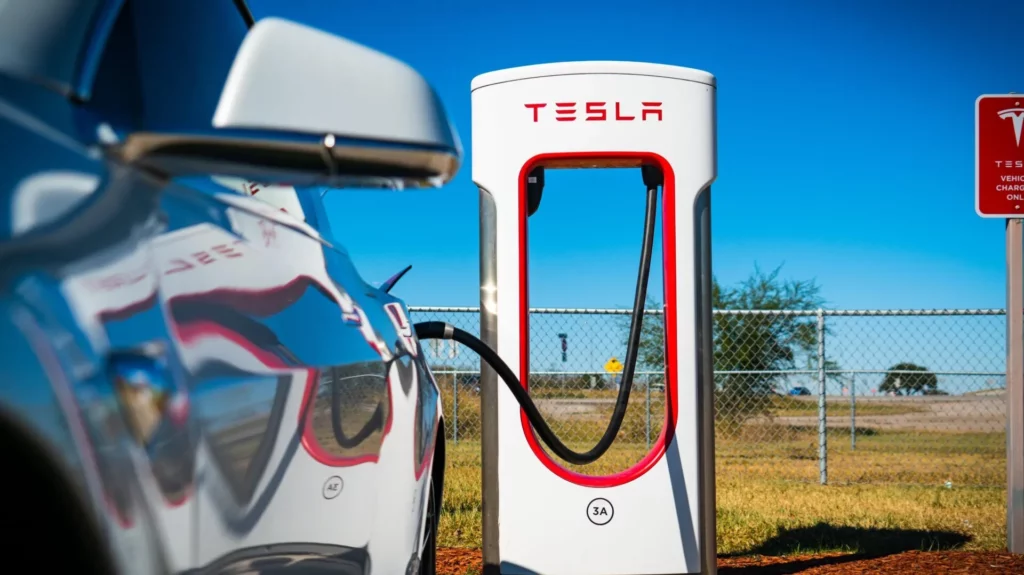
Are EV Charging Stations Bad for Your Health?
Charging up your electric vehicle may not be as clean a move as you think. A recent study found that the air around electric vehicle chargers has twice the level of dangerous fine particles than regular urban air, raising concerns about the health implications.
Researchers from UCLA measured 50 chargers across the Los Angeles metropolitan area, mostly Tesla Superchargers, and discovered that levels of fine particulate matter were between 15 to 20 micrograms per cubic meter. This is significantly higher than the average typical urban background in L.A., which is a paltry 7-8 micrograms per cubic meter, as well as gas stations, which usually clock in around 12 micrograms per cubic meter.
The World Health Organization’s air quality guidelines were breached by about half of the chargers surveyed. This is a major cause for concern, given the staggering number of high-speed charging stations being built across the country. Bloomberg extrapolated U.S. Department of Energy data to find that there are now 11,400 high-speed charging stations in the United States, with over 700 added in the second quarter of 2025 alone.
The researchers believe that the fans used in the chargers are blowing air directly into the area near the charging point, which picks up dust, residue from tires, and other debris. “We want to make sure that EV adoption is clean,” said Yuan Yao, a co-author of the study and postdoctoral researcher at UCLA’s Fielding School of Public Health.
To avoid inhaling pollution from an EV charger, it seems that keeping a safe distance is essential. The researchers discovered that as you move farther away from the charger, air quality improves significantly. “We measured at different distances from the chargers and found that the high measurements were taken at the power cabinets,” said Yifang Zhu, who led the study and is an environmental health professor. “Fortunately, a few meters away, the concentrations drop quite a bit. A few hundred meters away, there’s no noticeable difference compared to background levels of pollution.”
While it may be tempting to dismiss these findings as a minor issue, it’s crucial to acknowledge that fine particulate matter has no healthy threshold for human exposure. “There’s no healthy amount of fine particulate matter to breathe,” said Zhu.
It’s essential to consider the impact of high-speed charging stations on public health, especially given the massive infrastructure investment in this space. Gas-powered cars are still a much more potent health risk due to their emissions and environmental impact.
Source: gizmodo.com


